In October 2021, Natasha’s Law will be legally binding, meaning that businesses such as high street bakers, sandwich shops and cafes which produce and pack foodstuff on site must label allergens correctly or risk prosecution from the Food Standards Agency.

However, a recent survey by global standards company GS1 showed that as many as one in eight businesses still are not prepared for Natasha’s’ Law; some had not even heard of the law.
Here, Mariane Hodgkinson, hygiene consultant for Hillbrush – which manufactures cleaning tools for the food industry – looks at allergen management in light of the legislation and the how important it is for high street bakers to review their cleaning procedures to help minimise cross contamination.
“The need for the Natasha’s Law is clear and, on the surface, it is all about printing allergen information on labels, but this change hits a level of control much deeper and necessary. It gives food businesses the perfect opportunity to carry out a thorough review of allergen management strategies, including cleaning, cross-contamination hazards, and the level of ownership each member of staff must have to ensure consumer safety is always front of mind.
For many businesses, Natasha’s Law couldn’t have come at a worse time. With the well-documented challenges posed by coronavirus restrictions, businesses have had to make tough decisions regarding expenditures, improvement plans and staffing levels. Many companies are working with minimal staff and areas such as allergen labelling and cleaning can be seen as less of a priority in contrast to the return of customers and getting sales back to pre-pandemic levels.

Rethink cleaning procedures
As well as the legal requirement for allergen labelling it is also important for bakers to think about what is going on ‘back of house’ with their allergen management and to rethink cleaning procedures to ensure that there is minimal allergen cross contamination in food preparation areas. My advice is to take some time to consider how allergens are managed in your bakery and pinpoint any areas that could be improved upon. Observe the different processes in the bakery from cake decoration to sandwich making and how these could impact on allergen cross contamination. Then consider how clean downs are undertaken as part of this. This is key to ensuring that allergens are controlled in specific areas of the bakery and in every step of the process from bakery to consumer.
Revising the cleaning regimes in your bakery so that staff and any external cleaners fully understand the risks associated with allergens in food production is extremely important.
Review each activity from the receipt of ingredients, storage prior to use, to how the product is handled prior to consumption. Using visual aids such as flowcharts can be useful to pin down areas where different allergens can mix, as well as non-allergenic ingredients.
Write down all the cleaning controls that are in place at each critical control point (e.g. wipe down a surface with a cloth once food has been prepared, prior to cooking any non-allergenic food), question if the control is sufficient (e.g. is that cloth then used again? Is there a chance that the cloth is spreading allergens? Are different colours used to aid employees in keeping tools separate?) and make changes to procedures if necessary. When questioning current procedures, consider any new suppliers, new ingredients introduced, new equipment used to produce or store food, new staff or even new type of consumers. Even seemingly irrelevant changes may have a direct effect on how product safety is managed.
Cleaning activities should be given special attention to ensure segregation is respected as well. Cleaning procedures must consider each allergen as a specific hazard, to ensure products with less allergens are as protected as non-allergenic products. Management of cleaning tools, colour coding equipment, sometimes even separate sinks are beneficial to create an environment where it is second nature to handle allergens and non-allergens as separate food.
Processing equipment are traps for allergens so reviewing how they are cleaned is crucial. Simple bakery kit, such as baking trays for example, can transfer contamination if not cleaned properly between different products.
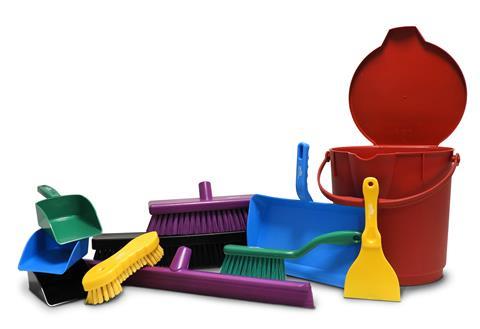
Employee training is crucial
Once cooking, packing, and cleaning have been reviewed, it is crucial that employees are re-trained against latest cleaning changes. Involving employees in the review process can bring great benefits as they can share useful details of their activities and help facilitate training with other team members.
Every training session should be recorded and if possible, provide a visual summary of the changes in each work area so any doubt can be clarified. Supervisors should be given more in-depth training so they can answer any queries arising from employees, regarding allergens and how to control them.
It is important to remind staff (internal or external) that, unlike microorganisms like bacteria, allergens are not destroyed by cooking. Once in the food, allergens will remain there, so avoiding contamination is the only way of protecting consumers’ health.
Handling of food is as important as cleaning the environment, as cross-contamination can happen from one food to another. When advising employees to use gloves when touching ingredients, one must remember that gloves may need to be replaced if an allergen is touched prior to moving to another ingredient. Some ingredients may have allergens that will not be obvious so labelling of ingredients’ containers is fundamental.
When bakery businesses have done all that is possible to prevent allergen cross contamination but there is still a risk of it taking place, this should be reflected on the advice within the label. Telling customer than allergens may still be present will then allow the consumer to make an informed decision whether they can consume such products.”



















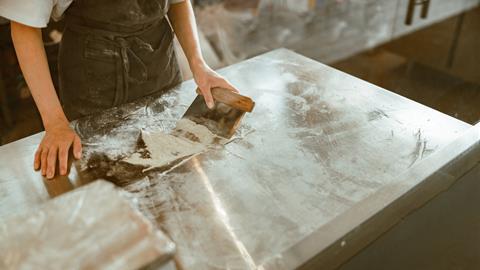
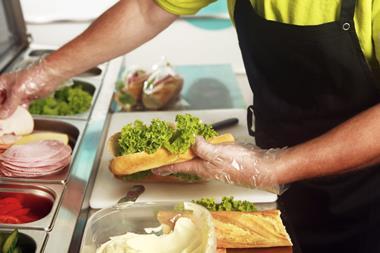

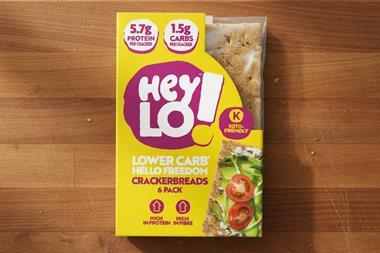




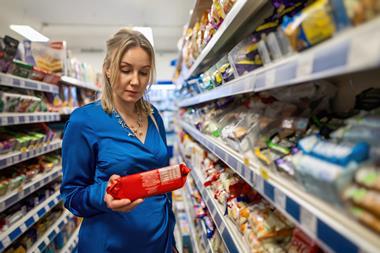


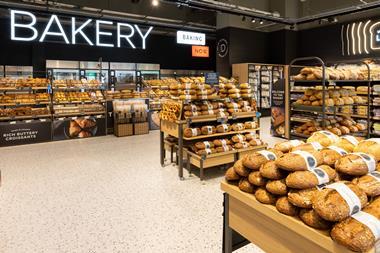
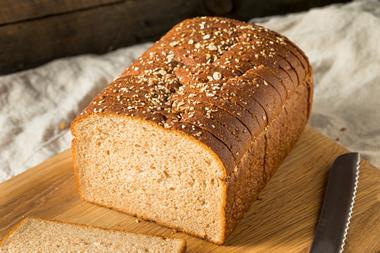

No comments yet